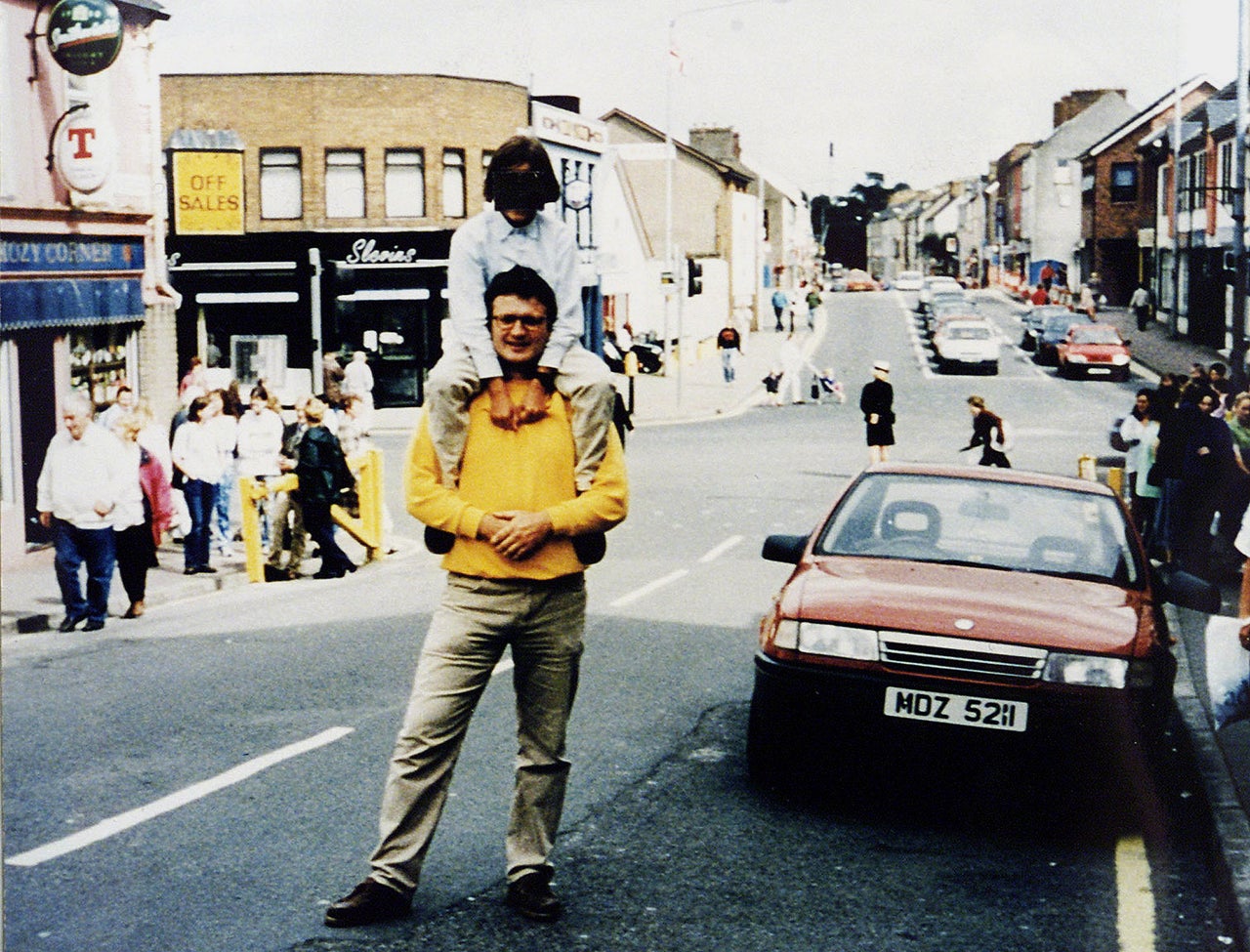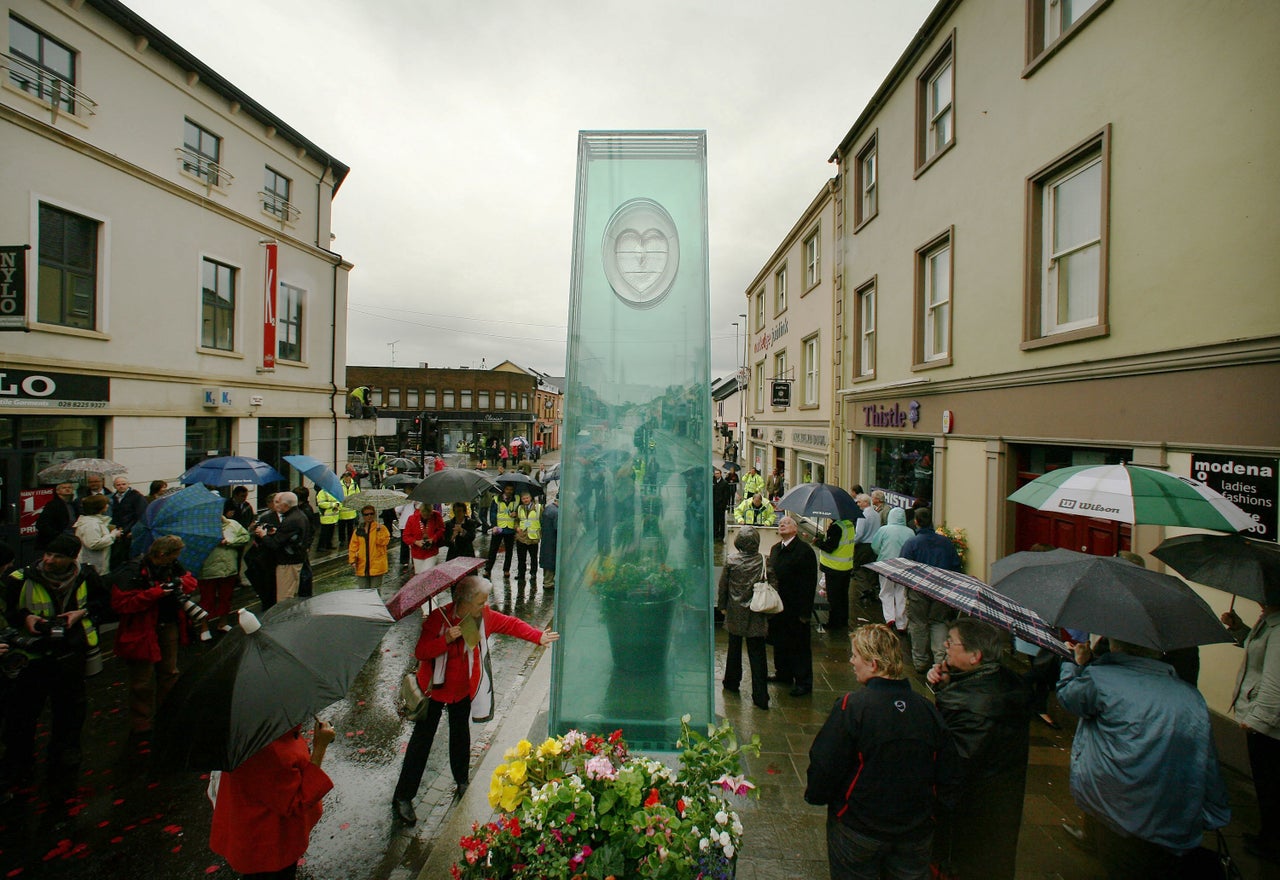Today marks the 20th anniversary of the Omagh car bombing, which killed 29 people, including a woman who was pregnant with twins, and left 220 others injured.
The victims’ families have fought for justice but two decades on, nobody has been successfully convicted in a criminal court.
The spring of 1998 had seen the people of Northern Ireland vote in favour of the Good Friday Agreement and elections for the new assembly began shortly after. But the political unrest was far from over and the Real Irish Republican Army (Real IRA), a splinter group which had formed during the peace talks, continued calling for a united Ireland.
The group opposed the Northern Ireland peace process, rejected the Good Friday Agreement and carried out numerous attacks in early 1998. January saw an attempted car bombing in Banbridge, County Down, and February marked more; in Moira, County Down and Portadown, County Armagh.
But the Omagh bombing would be their most deadly, and the biggest of the atrocities committed during the Troubles.
On Friday 13 August 1998, a car was stolen from outside a block of flats in County Monaghan. Its County Donegal licence plates were soon replaced with false Northern Ireland ones and the vehicle was loaded with 500lbs of explosives.
The following day, it was driven over the border a short distance behind a second car, which was sent ahead to scope out any checkpoints.
The intended parking spot had been outside Omagh’s courthouse but unable to park here, the driver stopped just over 300m away, outside S.D. Kells’ clothes on Lower Market Street at about 2.20pm.

Ten minutes later, three warning calls were made; the first two went to Ulster Television and using the same code word as the previous month’s Banbridge bombing, the caller said: “There’s a bomb, courthouse, Omagh, main street, 500lb, explosion 30 minutes.”
The third call went to the Samaritans office in Coleraine, County Londonderry and the recipients all immediately passed the information on to law enforcement. But there was confusion, as Omagh did not have a road called “Main Street”.
As the first call named the courthouse – which had been the intended target – police began evacuating this area of the town and tragically, people moved down to where the explosives were actually located.
At 3.10pm, less than hour after the car had been parked, the bomb was detonated. The first reports stated that eight to 10 people had died at the scene but it would later become clear that 21 had lost their lives immediately after the explosion.
Eight more died on the way to hospital and among them were six children, six teenagers and a woman pregnant with twins.
Marion Redford was shopping with her 16-year-old son, Alan, when the blast took place. The pair had become separated in the moments shortly before and speaking on the 10th anniversary of the bombing, she described the events to the Belfast Telegraph.
“There was an unearthly bang,” she said. “I thought I was dreaming. It blew me back to the middle of the shop.”
Alan did not survive.
Marion was one of 220 people who needed medical treatment and Northern Ireland’s emergency services were put under serious strain in the rush to treat casualties.

When phone lines jammed, officials launched a special line for anyone concerned for their loved ones’ wellbeing. More than 600 units of blood were used and medics called for more donors to come forward and help ailing supplies, as Omagh Leisure Centre became an information centre and temporary morgue.
As the town faced the aftermath of the attack, there was outcry on national and international levels. Bertie Ahern, then Taoiseach said the bombing was “the most evil deed in years”. Prime Minister Tony Blair returned from a holiday and flew straight to Northern Ireland. Queen Elizabeth II, President Bill Clinton and Pope John Paul II shared their condolences.
On Tuesday, 18 August 1998, the Real IRA claimed responsibility for the attack. Issuing their statement on the same day Prince Charles visited Omagh, they claimed they had not intended “at any time to kill any civilians”.
“It was a commercial target,” they said.
The town’s recovery and the families’ quest for justice took place against the backdrop of Northern Ireland’s continued fight for peace. The Irish government and Provisional IRA put pressure on the Real IRA, who subsequently announced a ceasefire on 8 September 1998.
Seaumus Mallon, Northern Ireland’s Deputy First Speaker, said at the time: “They have got the message from the community and from the two governments – the threat of violence or use of violence will simply not be tolerated again on this island.” In December 1998, the Good Friday Agreement came into place.
Politicians vowed that the perpetrators would be brought to justice and a cross-border investigation was launched. The investigations resulted in multiple arrests but only one conviction, for Colm Murphy, which was later overturned in the Court of Appeal.

But media interest in the case refused to let up and in 2000, BBC Panorama made the controversial decision to name four suspects. A second Panorama special aired in 2008 and a year after this, the families of 12 of the victims successfully launched a civil action suit against Real IRA leader Michael McKevitt and three other men, Liam Campbell, Colm Murphy and Seamus Daly.
Police would later charge Daly (who has always denied involvement) with the murder of the 29 people killed, but the case collapsed in 2016 when a key witness contradicted an earlier testimony.
Legal battles are still ongoing and Michael Gallagher, whose son Aidan was killed, is currently campaigning for a public inquiry into the bombing.
In July 2018, a hearing was due to start at Belfast Crown Court but proceedings were adjourned.
Gallagher was in court with fellow campaigner Stanley McCombe, whose wife Ann died in the bombing, when the judge explained why in a closed session amid national security concerns.
Mrs Justice Keegan told victims’ relatives: “It’s frustrating... but this is a very important case and it’s important to get it right for everybody’s sake.”
Speaking to the BBC shortly after, McCombe remained positive, stating: “This is going to be a landmark case.”
Their case will now be heard in February 2019.
